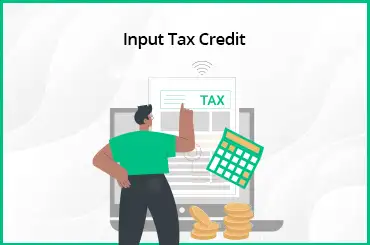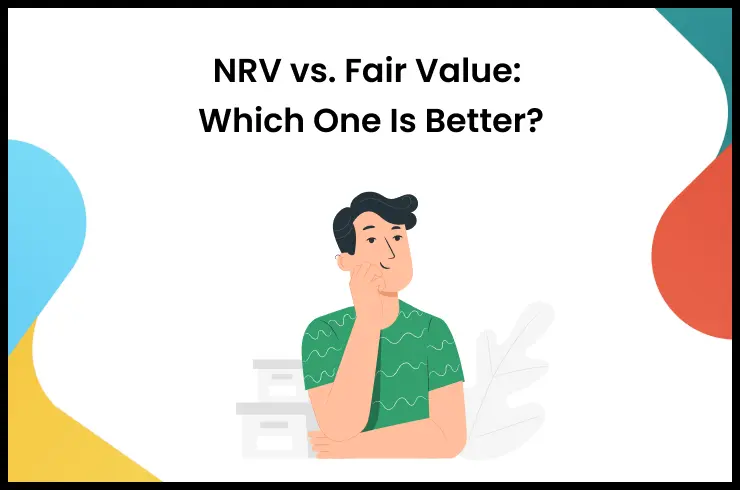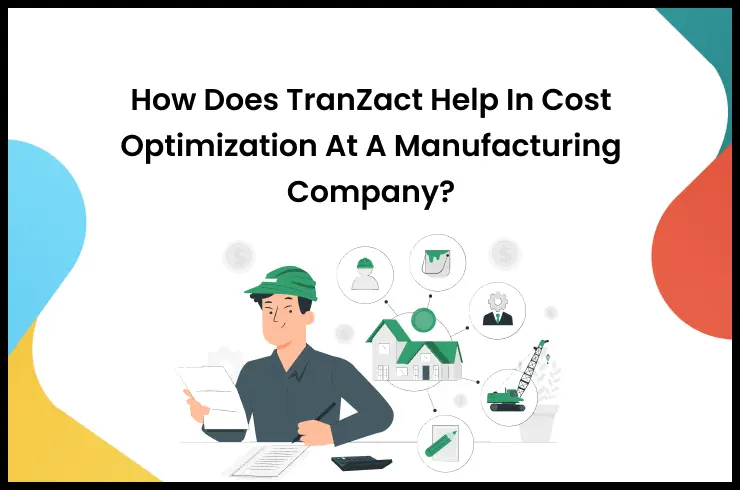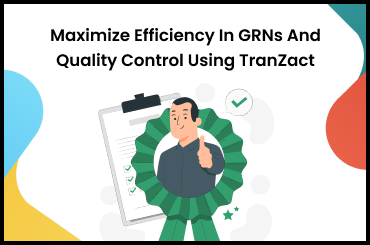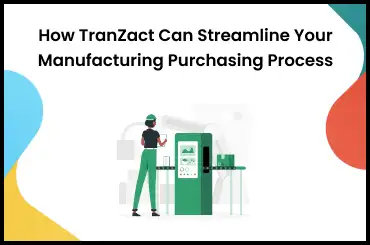Types of purchase orders are an important aspect of running purchase operations in a successful business. This function involves proper planning and execution of various functions like the timely purchase of raw materials and the required inventory.
Failing to make important purchases on time can lead to costly purchasing at the last minute and loss to your business. Hence, businesses make use of purchase orders to list the items they need to buy apart from other important details.
This article will walk you through everything from purchase order definition to its types, and the importance of purchase orders. Let's get started!
What Are Purchase Orders?
A purchase order (PO) is a legal document that a buyer sends to a seller or supplier to place an order for goods or services needed for their business. The document is issued by the buyer and includes essential details such as the type of products, quantity, rate, delivery time, and important terms and conditions related to payment.
A purchase order serves as a legal contract between the purchaser and the supplier. It is crucial for businesses that require a continuous supply of products and services to meet market demand and operate efficiently. Based on the terms outlined in the contract, the supplier delivers the specified amount of product to the buyer at the agreed-upon price and within the specified timeframe.
Types of Purchase Orders
The efficient management of purchases is vital for the success of any business, and purchase orders (POs) are crucial to this process. There are four different types of purchase orders that are used by different businesses for different purposes.
To know which type of PO your business needs, you need to be familiar with each type; they are explained below -
Standard Purchase Orders
A standard purchase order is used when businesses order something for one time. In other words, if your company wants some goods or services infrequently, irregularly, or once after a long time, you can make use of this type of PO. Companies also use it when they order things one time from different suppliers.
For instance, if a new company needs to set up its office and requires tables, chairs, and other utilities, a standard purchase order can be used to order them from a vendor.
Planned Purchase Orders
Planned purchase orders (PPOs) are thoroughly planned and essential for maintaining a business's pace. Similar to standard POs, every detail of the product, delivery, and cost is mentioned, but the delivery and payment dates are tentative. The most crucial aspect of PPOs is the time of issuing a release against the PPO.
Looking at a planned purchase order example, let's assume that your retail business that needs a specific item in 1200 quantities in a year, makes an agreement with a supplier. As a buyer you can issue a release order against the PPO after selling 100 items in a month to avoid running out of stock.
Blanket Purchase Orders
In a blanket purchase order (BPO), the delivery location and exact delivery date are excluded, and item quantity and sometimes item prices are also not mentioned. Only the types of items are specified. After establishing a BPO with a supplier, the buyer can issue a release against the contract whenever they need the specified items, mentioning the item quantity, price, delivery location, and time.
BPOs are used when a business is unsure of the amount of use of a particular item in the future. For example, if you have a printing shop, you will not know when the cartridge will run out as printing demands don't stay the same throughout the year.
Contract Purchase Orders
This type of purchase order is the simplest form as it does not specify anything in detail, such as item quantity, date, time, delivery location, rate, and not even the type of items. It is an agreement to build a commercial relationship between the seller and the buyer, and orders will likely be placed based on future needs.
A set contract purchase order (CPO) can be referred to when a standard purchase order needs to be raised.
CPOs are helpful for getting items easily when they are needed. A company can make an agreement or CPO with a seller for future needs.
For instance, if a company plans to expand its office in the future and requires more desks and chairs for new employees, it can raise a standard PO under the set CPO and easily obtain the items from the seller.
Importance of Purchase Orders
So now, as you know what different types of purchase orders are, next we will discuss the importance of purchase orders in detail for a better understanding.
Improved Planning and Budgeting
When you have a written order for every purchase you make, it becomes easier to keep track of what items you have bought, in what quantity, and at what price. This helps you maintain a record of expenses, enabling you to budget more sensibly in the future and plan accordingly. Moreover, you can use this information to evaluate vendors and negotiate better prices.
Acts as a Legal Contract
Purchase orders serve as legal contracts between the buyer and the seller, documenting all the details about the ordered products. If the seller supplies a wrong or damaged product or demands a higher price, you can use the PO as your legal document to protect your business interests. Similarly, the seller can use the PO as a reference to ensure that they supply the correct items and get paid in a timely manner.
Helps in Negotiating Discounts
By maintaining a record of all purchases made through POs, both you and your vendor can track the volume of products ordered and the frequency of orders. With this information, you can ask for bulk discounts for future purchases, which can save your business a considerable amount of money in the long run.
Facilitates Efficient Business Operations
Purchase orders are essential for running a business in a well-managed and efficient manner. By using one of the above-mentioned types of purchase orders, you can ensure that you get the required items for the specified period without any hassle. You can plan your business operations based on the terms of the supply, and track the performance of vendors you have worked with before. This saves you time and effort and enables you to focus on other aspects of your business.
Drawbacks of Purchase Orders
While there are many benefits of purchase orders, they also have some drawbacks that should be considered. The main disadvantage is that creating a requisition followed by a purchase order can be time-consuming, which may not be beneficial when you need supplies immediately.
Additionally, errors can occur during the purchase order process, either by the vendor or by the employee who raised the order. Rectifying and managing the situation can be challenging, so it is important to double-check before sending the order and to periodically review the entire purchase order process.
Achieving Higher ROI With TranZact
With different types of purchase orders available, businesses can choose the most suitable type for their needs. Streamlining your purchase order system can be significantly beneficial for your overall business efficiency. TranZact offers a feature-rich cloud-based ERP solution that enables you to manage your overall inventory, sales, purchases, and accounting functions more efficiently by automating end-to-end processes.
By implementing TranZact's purchase order management software, you can improve buyer and supplier relationships through an automated dashboard, resulting in faster procurement of inventory, enhanced team efficiency, and lower production costs, which can all contribute to a higher return on investment.
FAQs on Types of Purchase Orders
1. How many types of purchase orders are there?
There are four types of purchase orders. They are known as contract purchase orders, standard purchase orders, planned purchase orders, and blanket purchase orders.
2. What is the purpose of a purchase order?
A purchase order is a great tool when you need a bulk number of specific items to be supplied to your store or warehouse within a specific time. The primary purpose of the purchase order is to establish a legal contract between the buyer and the supplier that outlines the items being purchased, the quantity, and the rate.
3. What is the difference between a purchase order and a purchase requisition?
A purchase requisition is used to get internal approval within the company to buy goods and services whereas a purchase order is issued to the vendor or supplier to place an order of goods required.







